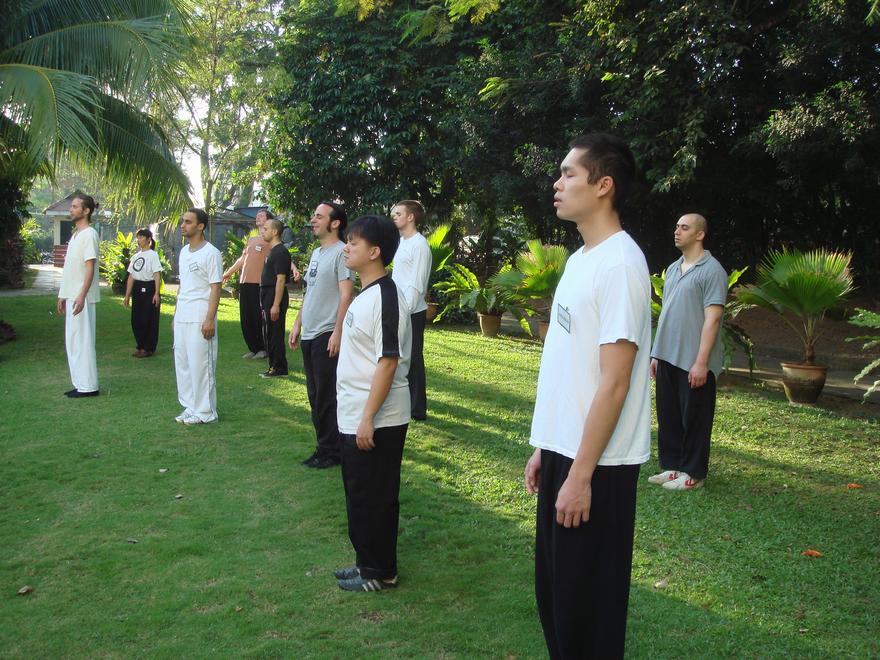THE MEANING AND PURPOSE OF SHAOLIN KUNGFU

While combat efficiency is important, Shaolin Kungfu is not just a fighting art but a complete programme of personal development
Question
What does Shaolin Kungfu represent? What is the purpose of learning this style?
— Juan, Mexico
Answer
Shaolin Kungfu is the style of martial art first developed at the Shaolin Monastery in China, and is now practised by many people in various parts of the world irrespective of race, culture and religion.
Many kungfu styles branched out from Shaolin Kungfu, and some examples include Eagle Claw Kungfu, Praying Mantis Kungfu, Hoong Ka Kungfu, Choy-Li-Fatt Kungfu and Wing Choon Kungfu.
In my opinion, shared by many other people, Shaolin Kungfu represents the pinnacle of martial art development. Indeed, as early as the Tang Dynasty in China more than a thousand years ago, the saying "Shaolin Kungfu is the foremost martial art beneath heaven" was already popular.
The main purpose of learning Shaolin Kungfu is to have a complete programme of personal development from the most basic to the most advanced levels. At the physical level, Shaolin Kungfu provides health, fitness, agility and vitality, besides the ability to defend ourselves. At the emotional level, Shaolin Kungfu gives us joy and tranquillity.
Shaolin Kungfu trains us to be mentally focused, and enables us to expand our mind. At its highest level, Shaolin Kungfu leads to spiritual fulfillment, irrespective of religion. Obviously, Shaolin Kungfu is not just a fighting art.
It is also significant to note that an important aspect of the Shaolin teaching is direct experience, which in this case means that a Shaolin disciple does not merely talk about good health and mind expansion, or just read up on spirituality, but actually experience these benefits. If he does not experience, according to his developmental stage, the appropriate results Shaolin Kungfu is purported to give, he should seriously review his training.

An important aspect of Shaolin teaching is direct experience. Shaolin practitioners do not merely talk about spiritual cultivation but actually experience it.
LINKS
Reproduced from Questions 2 in the first of the Question-Answer Series September-October 1997
